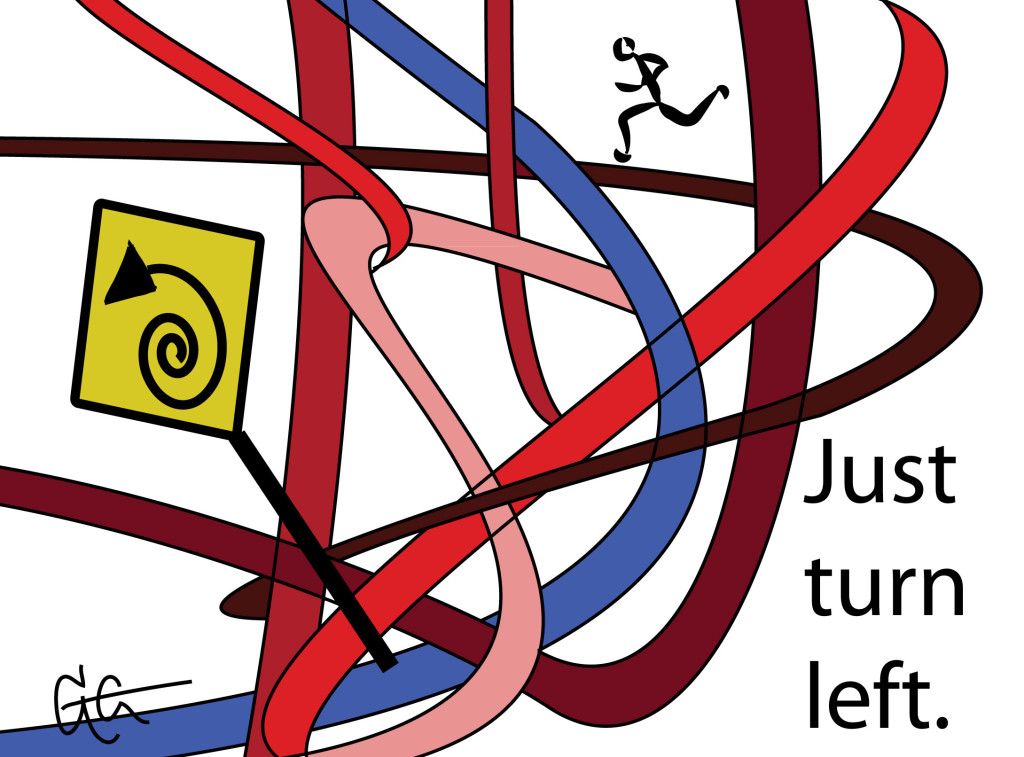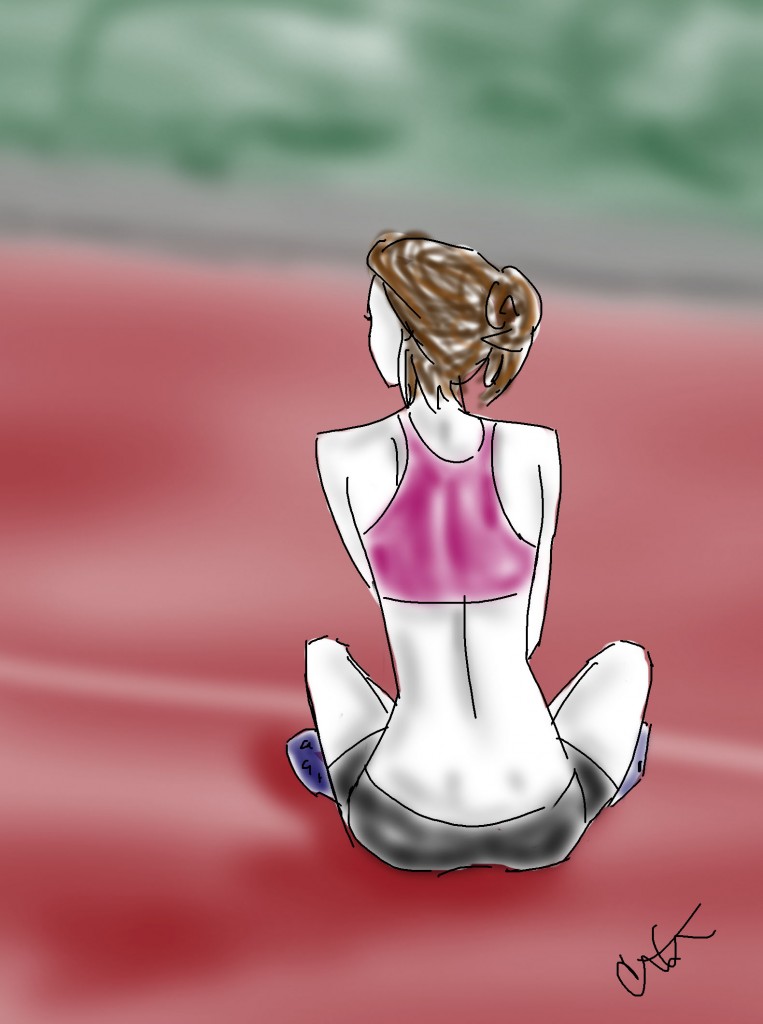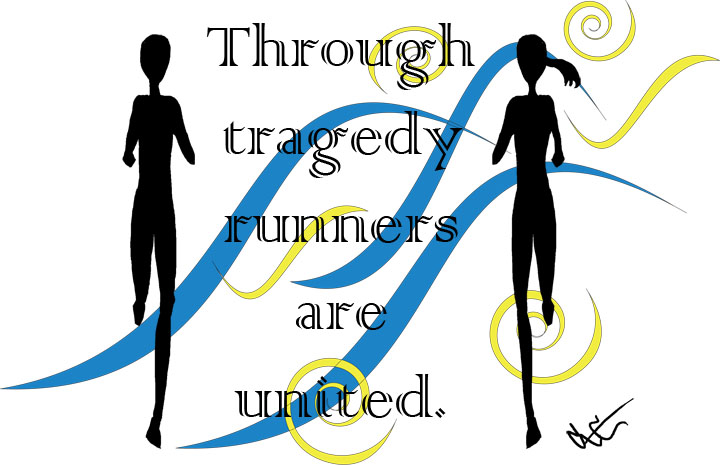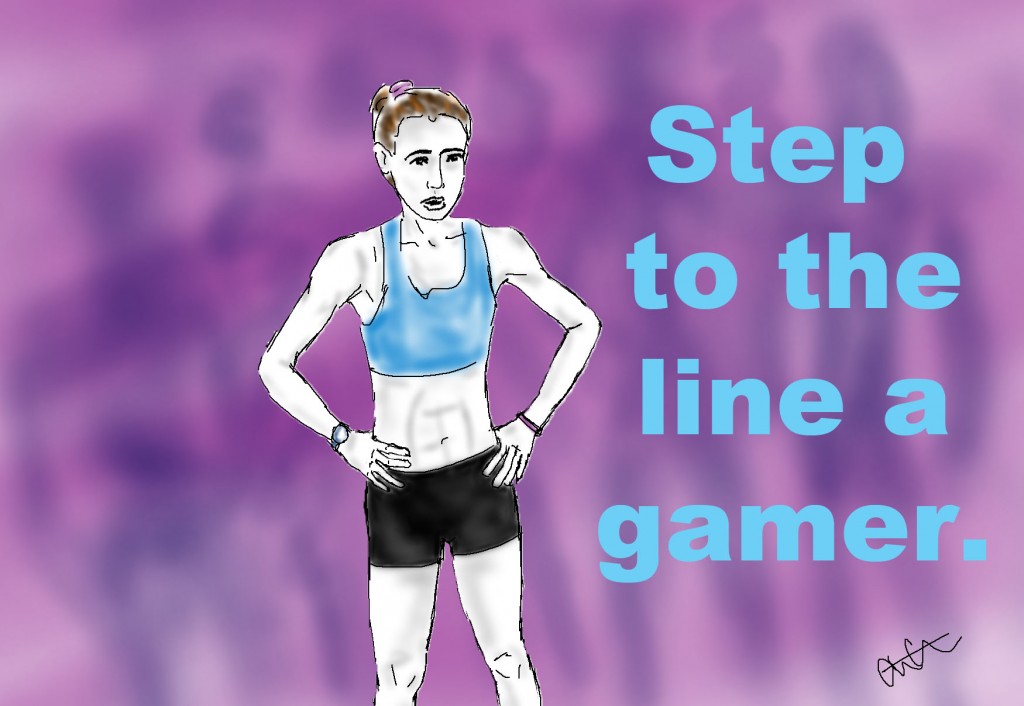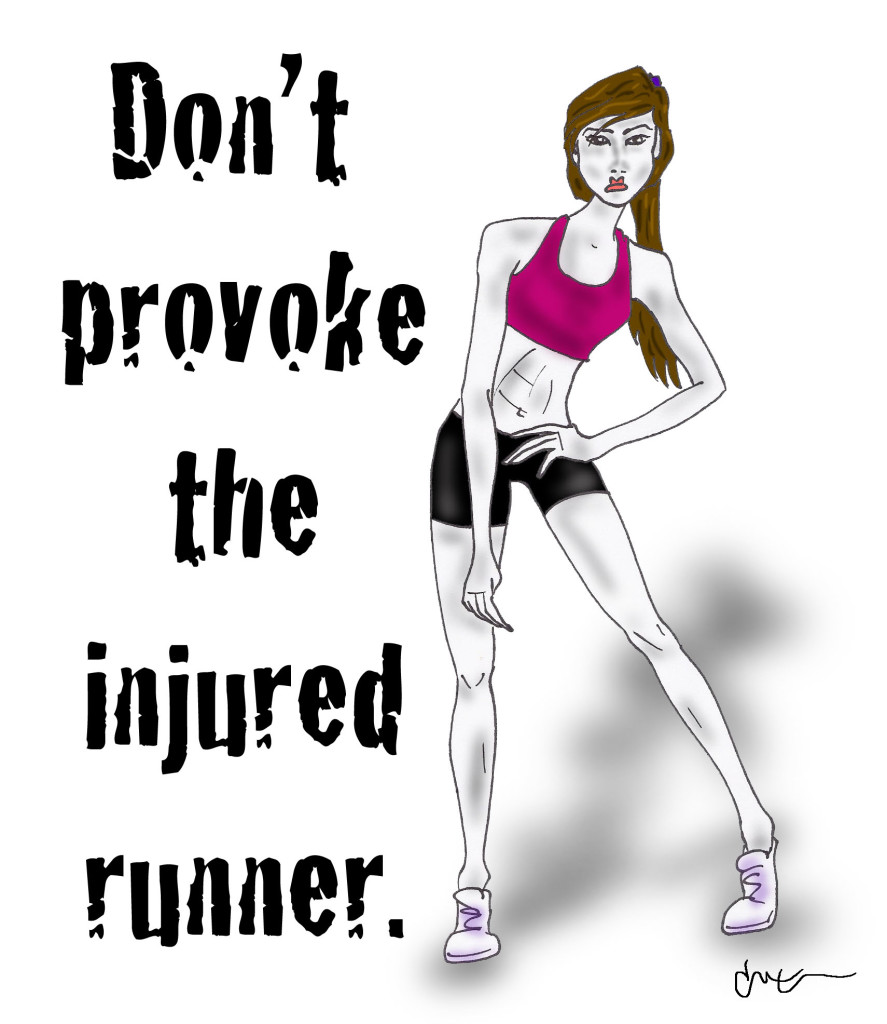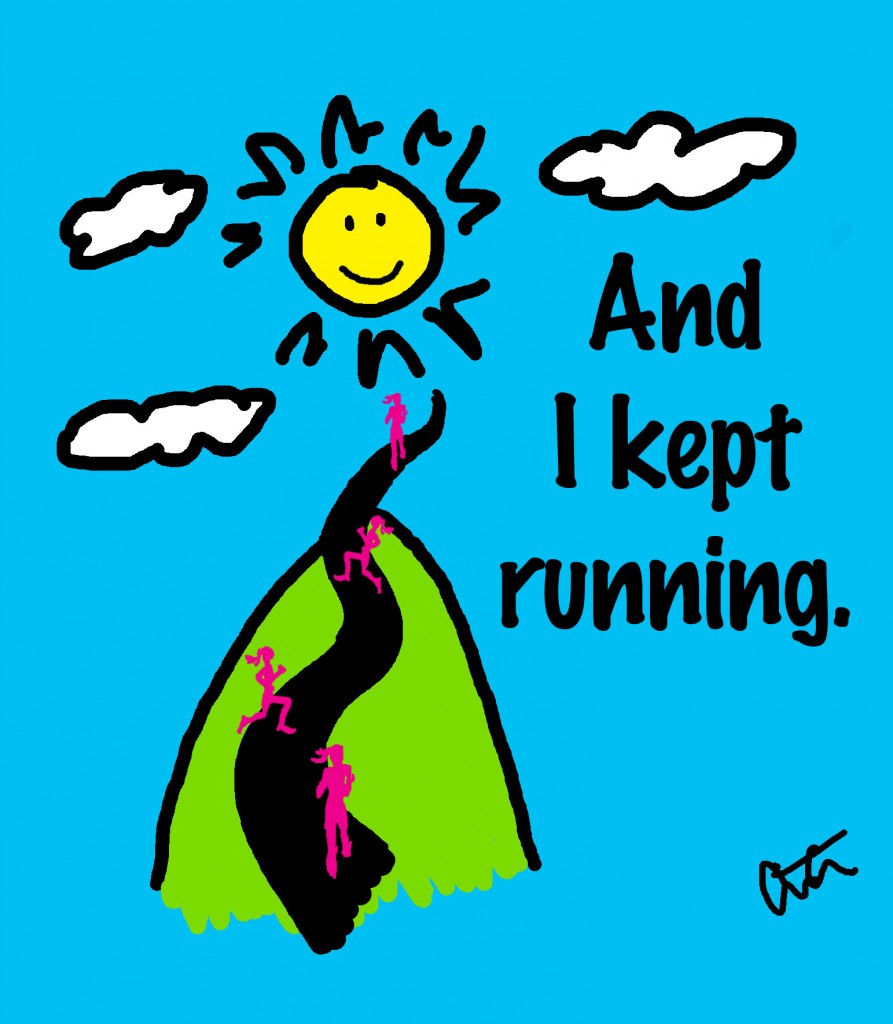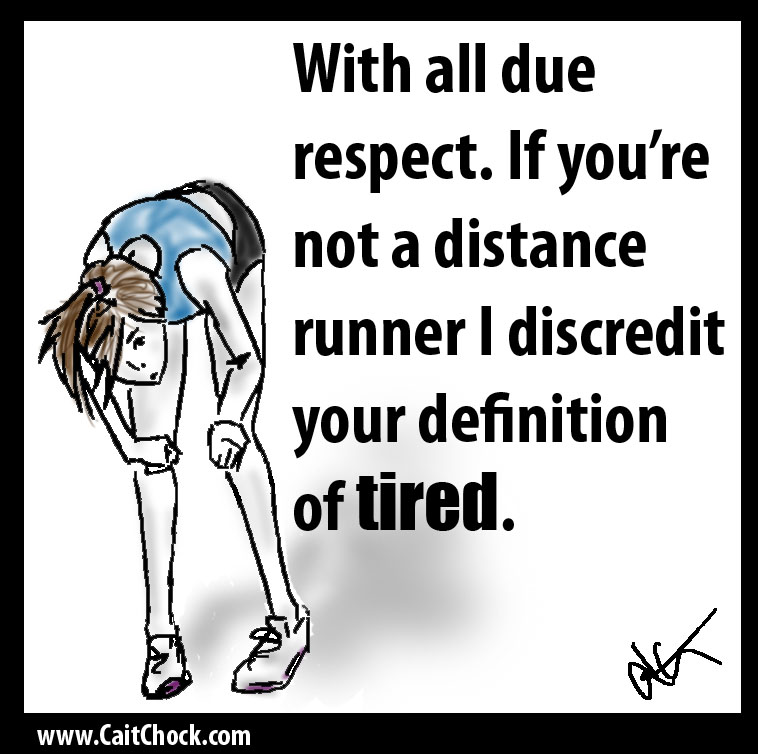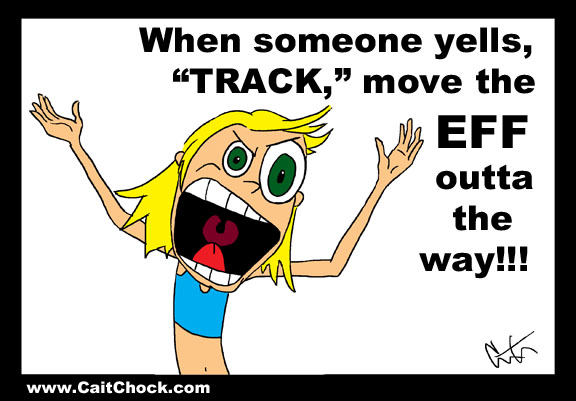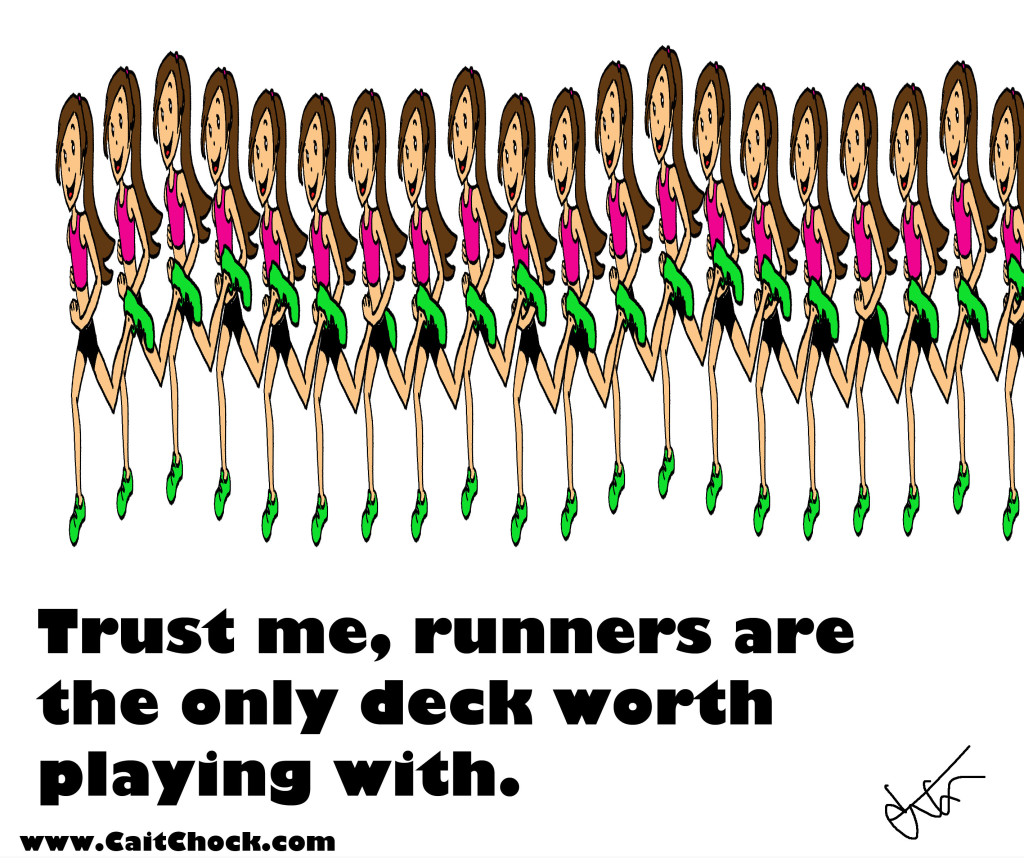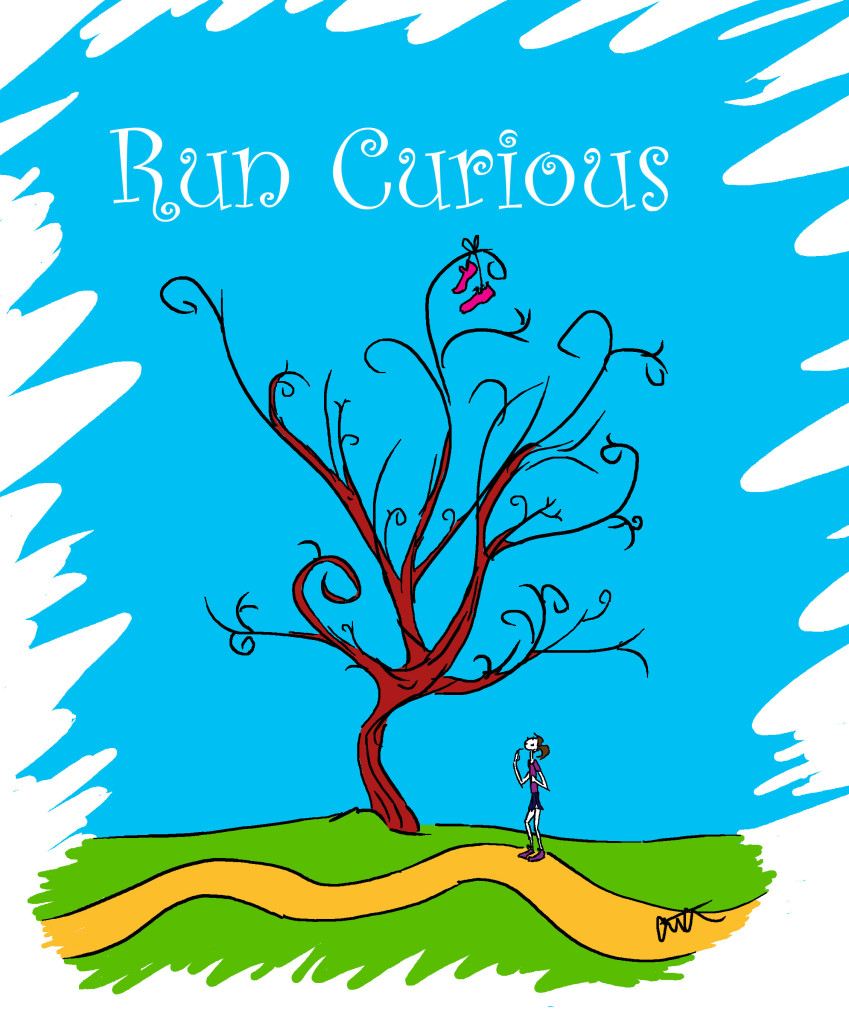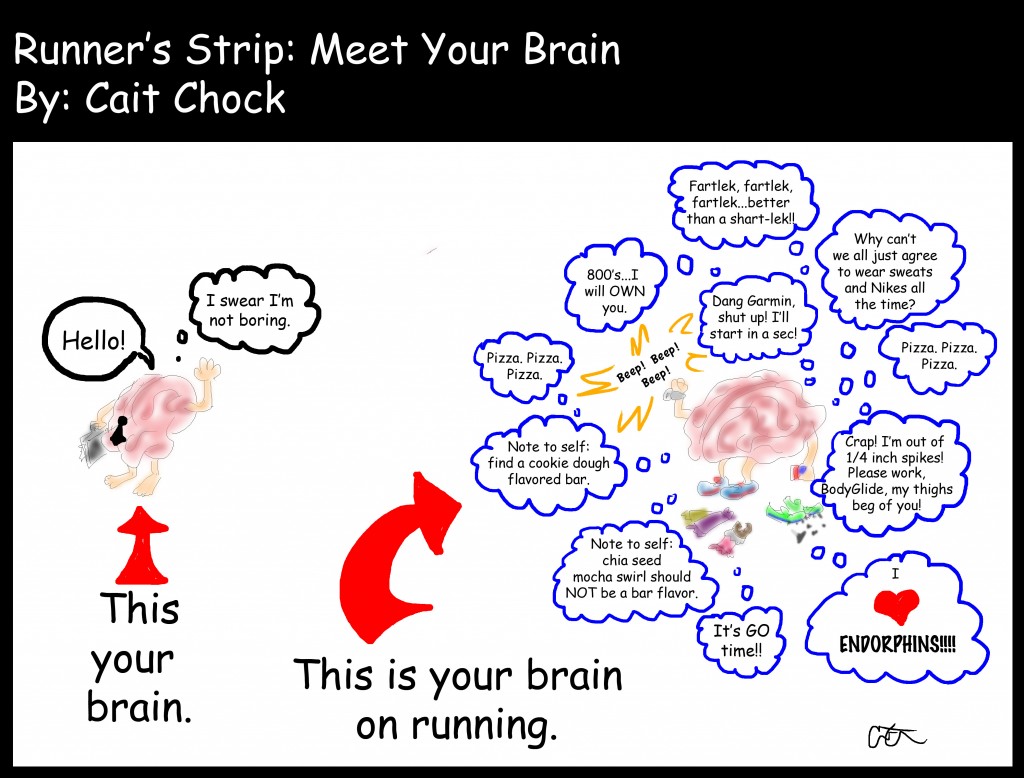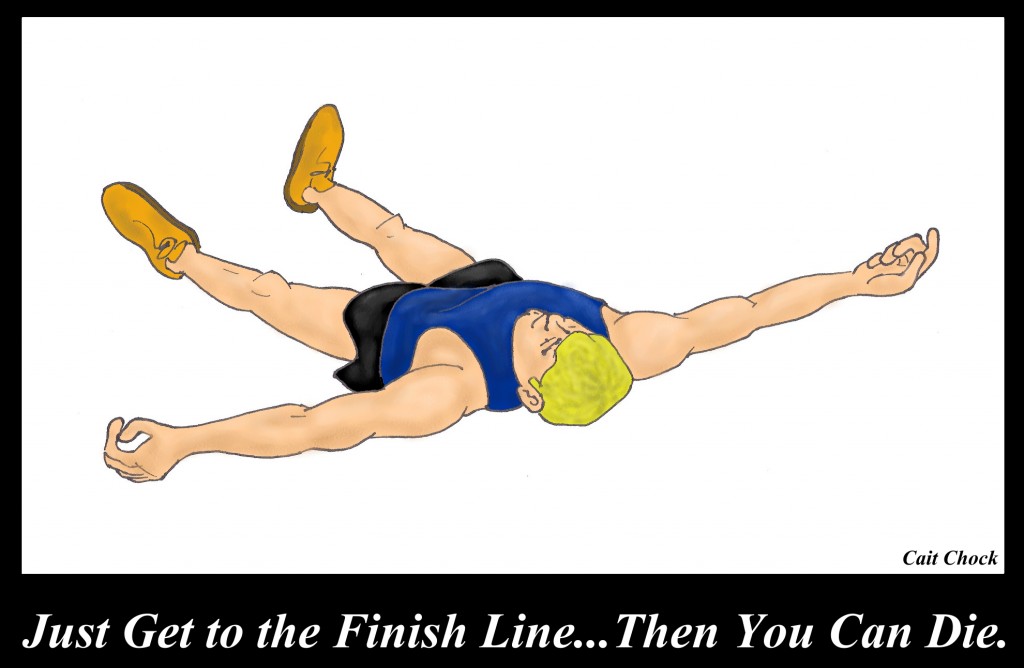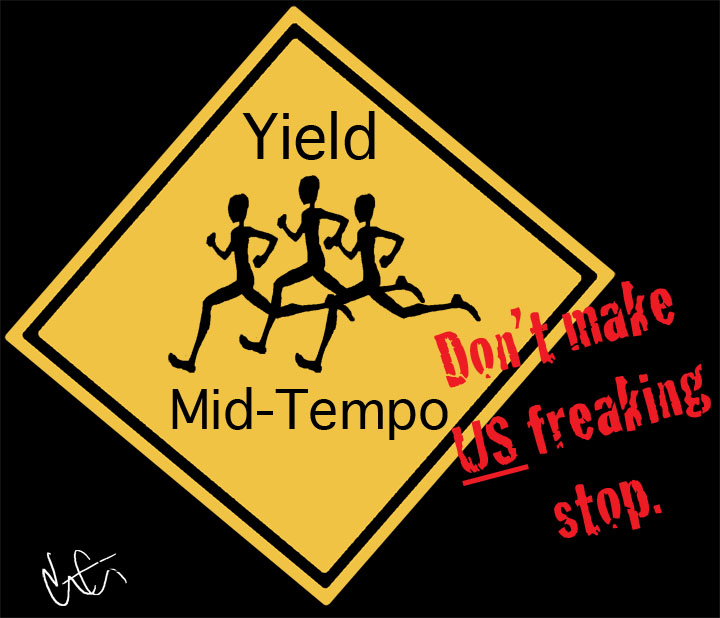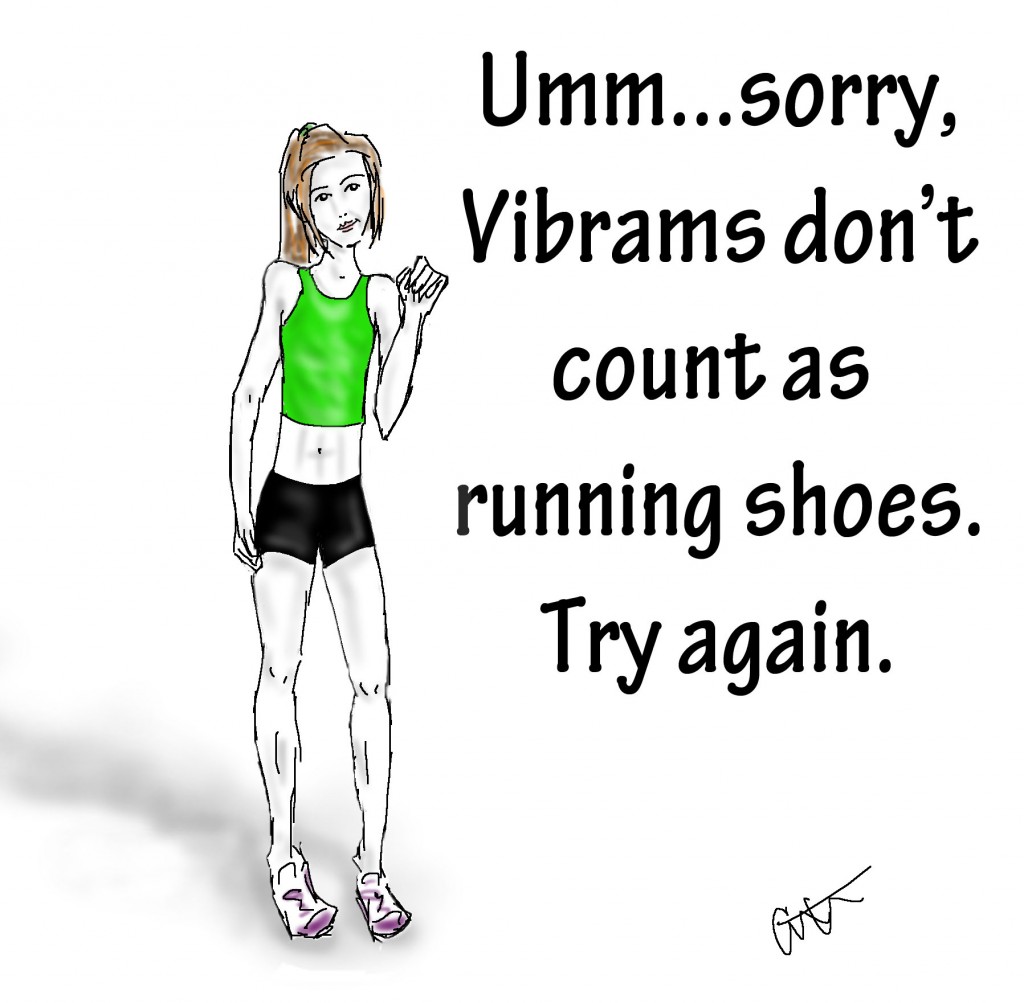Oh what a difference running crazy amounts of miles in training makes. Come time for that post-race break those racing shorts…errrr, ‘shoes’ may be fitting a little differently! 😉
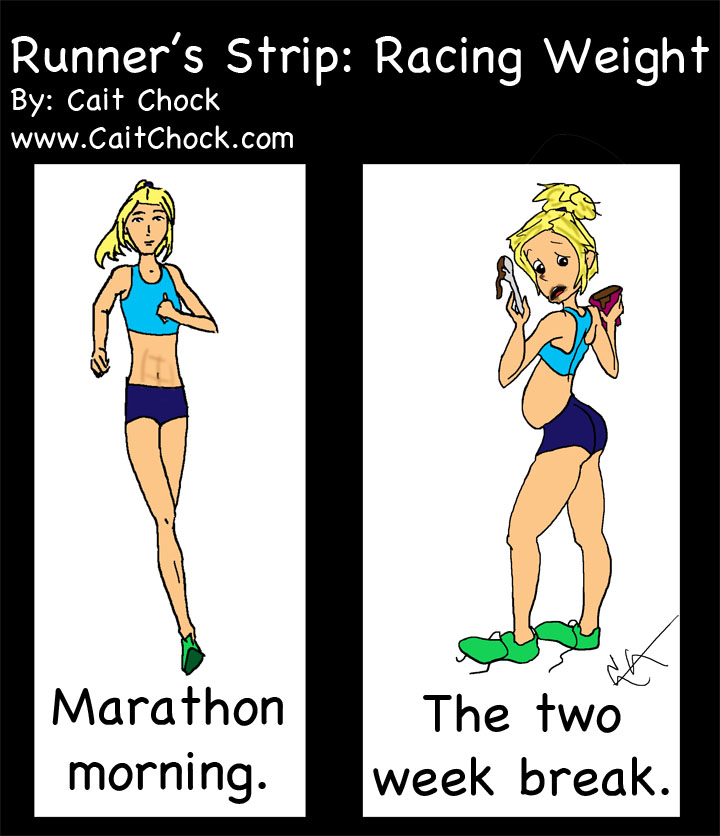
Sunday morning deserves some running cartoonage! That being said, we can poke fun but one needn’t get TOO would up over some post-race ‘love’ weight, giving the body a chance to recover is incredibly important and your racing will be much better off in the long-term.
On the flip side there is a difference between recovery and gluttony…haha. As with most all things in running and in life, it’s all about balance. Now, pass this runner the Pop-Tarts! 😉
——-
POST on fueling for races.
POST with tips on runners eating out.
POST on the importance of the 30-minute refuel window.
POST on timing your fuel to best support your running performance.
Get more Running Cartoons HERE! 🙂
——-
1) When it comes time to break after a race or season, do you eat differently?
2) What are some of the things you do to give your body some TLC to recover after hard races or between seasons?


